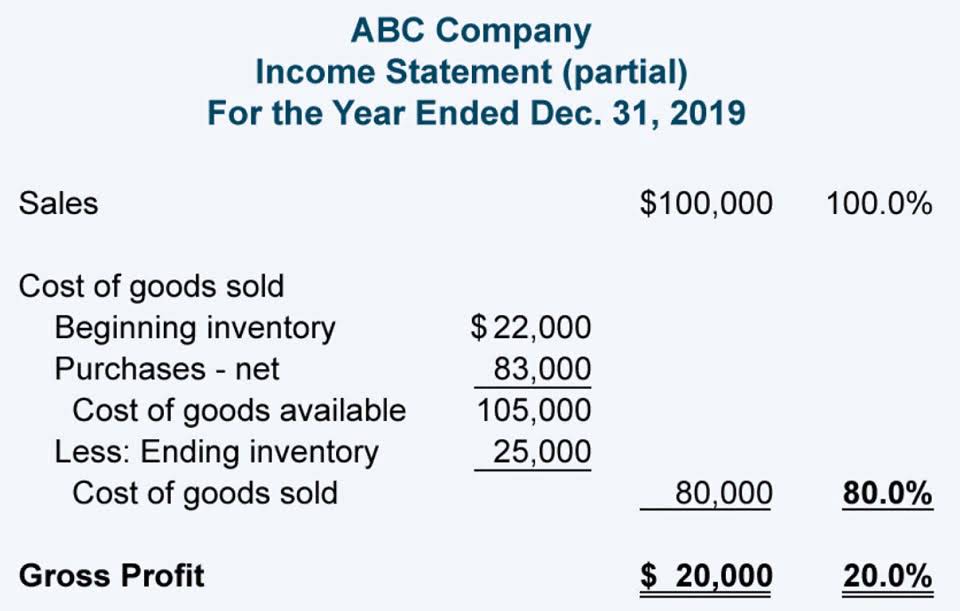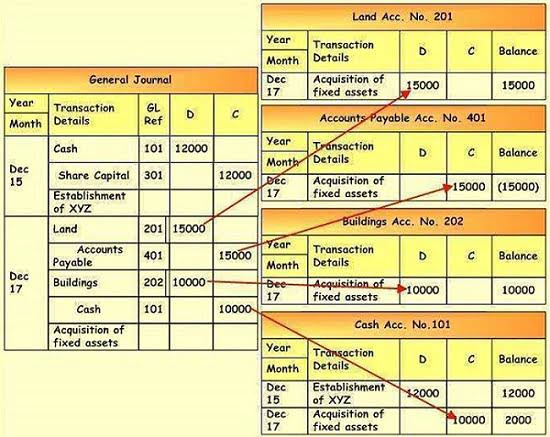
This can pose a challenge for businesses as it ties up valuable resources that could be used for more profitable ventures. Companies need to regularly assess their inventory and implement strategies to manage and reduce obsolete inventory to maintain efficiency and competitiveness in the market. These technologies can also be used to predict product lifecycles and potential obsolescence risks, enabling proactive mitigation strategies.
Supply Chain Digital Transformation 101: 8 Ways to Transform Your Supply Chain

As such, you would need to reduce the value of Product A on your books to $300, because https://www.instagram.com/bookstime_inc that is the new market value. To do so, you would debit obsolete inventory expense for $7,000 and credit the inventory obsolescence reserve for the same amount. You get the $7,000 figure by taking $700 for Product A and multiplying by the 10 units on hand. One of the most significant consequences of obsolete inventory is financial loss. When businesses are left with excess inventory that they cannot sell or use, they may be forced to write off the value of that inventory, which can result in a significant financial loss. This can have a ripple effect on a business’s financial performance, impacting their revenue, profit margins, and cash flow.

Liquidation of Items

With Katana’s powerful tools, you can definition of obsolete inventory rest assured that your inventory is always optimized for maximum efficiency and profitability. People’s tastes can change quickly, and what was once popular may no longer be in demand. Once your request is submitted, a fulfillment expert will get back to you within 1-2 business days.
How to avoid creating obsolete inventory
- Instead, obsolete inventory can be remarketed, sold as a discount, or donated to charity.
- The tags taped to any items used during the subsequent year will be thrown away at the time of use, leaving only the oldest unused items still tagged by the end of the year.
- Inventory meets the requirements of an asset so it’s reported at cost on a company’s balance sheet under the section for current assets.
- A typical calculation of Months on Hand (MOH) or Days on Hand (DOH) for Total Year Usage, indicates that both items are both at 4.4 months on hand (MOH).
- For instance, if you don’t have any insight into what items are slow-moving and taking up storage space, then it will be harder to identify how much obsolete inventory you’re accumulating.
The Flowspace platform offers real-time visibility into orders, inventory, and more, and offers easy-to-implement control over supply chain systems. Expired or soon-to-expire medications and medical supplies can become obsolete inventory in the pharmaceutical and healthcare sectors. Strict regulations and safety protocols require the proper disposal of these items, often resulting in significant financial losses for manufacturers and distributors. In various manufacturing industries, obsolete inventory can arise from product design changes, shifts in customer demand, or the introduction of new materials or technologies. Excess stock of obsolete parts, components, or raw materials can accumulate, tying up valuable resources and impacting operational efficiency.
Everything to Run Your Business

Beach toys, Christmas decorations, and Halloween costumes are all examples of seasonal products that will eventually become obsolete. While small businesses could hold onto these items until the season rolls around again, doing so can be costly and limits cash flow. Obsolete inventory is a drawback to any small business, cutting into profit margins, reducing working capital, and taking up warehouse storage space. Any https://www.bookstime.com/ inventory that cannot be sold needs to be written off as an expense at the end of the fiscal year.

Instead, obsolete inventory can be remarketed, sold as a discount, or donated to charity. The moment you feel you are dealing with a slow-moving inventory, you should take actions. Apart from trying to sell using strategies such as bundling, discounts, and remarketing. When you cannot sell your inventory for a long time, it starts losing its value in the market. In this case, the companies should recognize the fall in value and either write-down or write-off as of the generally accepted accounting principles (GAAP) rules.
